
Location
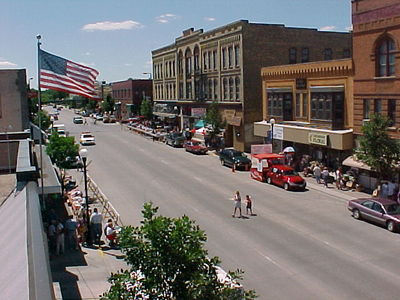
Crookston lies approximately 25 miles east of Grand Forks, North Dakota, on U.S. Highway 2.
Population
7,764 (as of July 2019)
Name
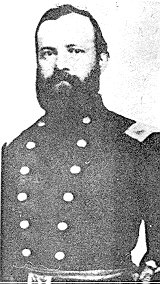
In 1862 Immigration to the area that is now Crookston began when the St. Paul & Pacific announced in 1872 that a railroad route was to extend to the Canadian border and would cross the Red Lake River where the city now stands. In 1879 the existing settlement was incorporated and named Crookston, after Colonel William Crooks, chief engineer of the railroad. After service on several railroads, Crooks came to Minnesota in 1857 at age 25, drove the first spike of the St. Paul & Pacific Railroad, the first railroad in Minnesota, and eventually became its chief engineer. The line, which was later renamed the Great Northern Railway, was constructed in 1872 from Glyndon, Minn., to Crookston. Crooks died in 1907, still a railroad man, with ties to the Oregon Railroad & Navigation Company in Portland, Ore.
Polk County History
Polk County was established July 20, 1858, and organized in 1872-73, and named in honor of President James Polk, the 11th president of the United States. Polk, on the next-to-last day of his presidential term (March 3, 1849), approved the act of Congress that organized the Minnesota Territory. Statehood would come in 1858.
City History
The City of Crookston, the Polk County seat, was first settled in 1872 and incorporated as a city Feb. 14, 1879. Crookston Township was organized March 28, 1876. The city area was taken partly from this township as well as Lowell, Andover and Fairfax townships.
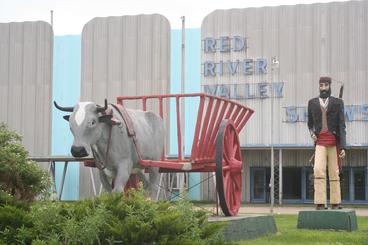
Like many Red River Valley communities, Crookston’s history is closely entwined with transportation. First came the Red River ox carts, which brought furs and similar products south to St. Paul and returned with manufactured goods. The long caravans of carts were operated by the Metis, the offspring of French-Canadian fur traders and Native American women.
The Red Lake River, which flows through Crookston, provided a route from Red Lake to East Grand Forks, where it joins the Red River. Steamboats once traveled upon the Red Lake River from Grand Forks to Crookston, later only going as far as Fisher’s Landing because of hazards upstream.
The Great Northern Railway played a major role in the history of Crookston after its arrival in the early 1870s. Once the line was completed between St. Paul and Winnipeg, Crookston was on the main route. Other GN lines would radiate from Crookston, first to Fisher, Minn., and later Grand Forks. The east-west line would be extended to Fosston, Minn., and later to Duluth. Another GN line would be built in a southwesterly direction from Crookston to Moorhead.
Later, the Northern Pacific Railway would build a line northward from its main line near Lake Park to Red Lake Falls, Minn., and then onto Crookston before heading to East Grand Forks and finally northward to Winnipeg. The Crookston business community would attempt to build its own railroad from Crookston to Duluth. The line only got as far as Fertile, Minn., before it was acquired by the NP for shortening its route to Winnipeg.
Settlers followed the railroad into the region, with much of the choice farmland taken up in the 1870s and 1880s. The farmland didn’t reach its full potential until extensive drainage ditches were dug.
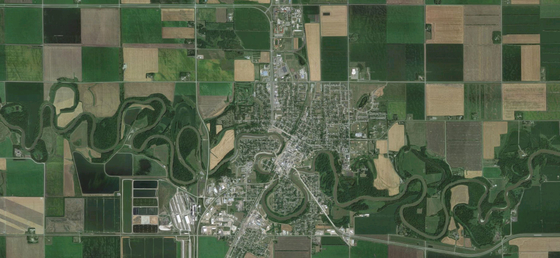
Education
Schools have always been important in Crookston. Voters recently approved construction of a new high school, located just south of the University of Minnesota campus. Voters approved spending 14.5 million dollars with 1.2 million being used to renovate the 1956 portion of the old high school. The new Crookston High School opened in September of 1997. Crookston Public Schools, which serves a large rural area around the city, has enrollment of 1,860 in grades kindergarten through 12.
Crookston also boasts a parochial school system. The Cathedral of the Immaculate Conception parish maintains the fully accredited Cathedral Elementary School system with 120 students enrolled in kindergarten through grade six. Students have access to the Internet system. Formerly, there also was a parochial junior and high school. There is also Our Savior's Lutheran School, another primary school.
The Northwest Research and Outreach Center (formerly the Northwest Experiment Station) and University of Minnesota have long been a part of Crookston. Both are located north of the city on property that was donated years ago by railroad magnate James J. Hill (photo at right). A predecessor company of the GN was awarded land for construction, and Hill gave a portion to the University of Minnesota.
For years, the campus included the Northwest School of Agriculture, a boarding school for agricultural students from throughout the region. Once that need ended, the school was phased out, and from it developed the Crookston Campus of the University of Minnesota. First a two-year institution, it has developed into a four-year school, drawing students from throughout the region, country, and world. One of its areas of emphasis is on technology, and UMC was one of the first to provide all on-campus students with laptop computers.
Crookston Public Library moved to new quarters in 1984, adjacent to the old Carnegie library, which had served the community since 1908. The old library has been acquired by the Polk County Historical Society and is currently being renovated to be used as a community historical and arts center. The Crookston Public Library is a member of the Lake Agassiz Regional Library, headquartered in Moorhead.
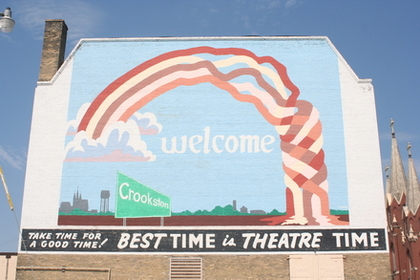
Attractions

Crookston's location provides opportunities for hunting, fishing, cross-country skiing, and other outdoor activities. The community also has abundant recreational facilities, including a regulation nine-hole golf course, a three-sheet indoor ice arena, an outdoor athletic complex with multiple softball diamonds and tennis courts. Crookston has an outstanding city park system, including indoor community swimming pool. And downtown boasts Widman's Candy Shop, voted the best candy store in Minnesota; the Grand Theater, which just may be the longest continually operating movie theater in the U.S.; as well as some other unique stores.
Crookston is home to the Polk County Historical Museum, which has an outstanding collection, including several old buildings and railroad equipment. It’s located just off U.S. Highway 2 on the eastern edge of Crookston.

Crookston and the surrounding area is a burgeoning location for bird watching, and it lies along the Pine to Prairie Birding Trail. Just east of Crookston is a prime spot to view the booming grounds of the greater prairie chicken.
Each August, Crookston hosts its annual Ox Cart Days, which calls attention to the Red River ox carts that once traveled through the region en route from Fort Garry (Winnipeg) to St. Paul.
Other attractions include the Crookston Community Theatre, horse shows, rodeo, and Civic Music League concert series.
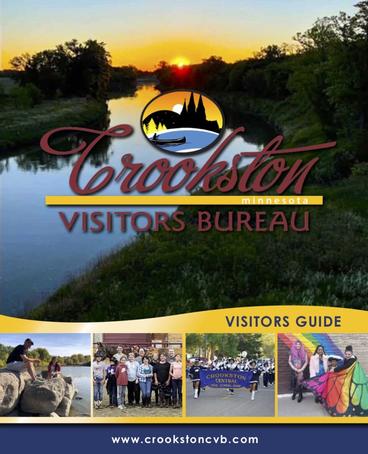
Nearby is the Old Crossing Treaty State Historical Site near Huot, Minn. Beneath a large tree, a treaty was signed between the Chippewa and the federal government by which much of northwestern Minnesota and a portion of northeastern North Dakota was purchased and opened for settlement.
Learn More At The Crookston Visitors Bureau
Crookston Visitors Guide (PDF)
Economy
The economy of Crookston is based primarily on agriculture. Crookston is located in the Red River Valley of the North Basin, one of the world's richest agricultural areas. The major crops grown are sugar beets, potatoes, small grains and sunflowers. Some farmers are also planting vegetable crops, such as carrots.
The early economic foundation of the area was based on fur and lumber trade, but quickly changed to farming. Starting as a trail point near a river crossing for the squeaky Red River fur carts, the young town soon became a center for sodbusters. For 20 years it was also a major timber center. Since World War II Crookston has profited by the development of large agricultural products processing plants and related industries. Today, agriculture is the key to the city's economy. Among its outstanding industrial enterprises are the largest plant for edible sunflower seed processing in the United States and one of the biggest plants for sugar beet processing in the world.
New industries include a firm working with wind energy and a metal fabrication plant. The newest firm is New Flyer Industries, a bus manufacturing firm, which moved to Crookston from Grand Forks.
Major employers include: American Crystal Sugar Co., Riverview Hospital, Crookston Public Schools, the City of Crookston, the University of Minnesota, including the institution and the Northwest Research and Outreach Center, New Flyer, Tri-Valley Opportunity, Dee, Inc., SunOpta, and Crookston Welding and Machine.
Sources: "Minnesota Geographic Names," "The History of the Diocese of Crookston" by Gerald Foley, Files and Articles from the Grand Forks Herald newspaper, including the 01/06/97 "Community of the Week" article by Darrel Koehler, Crookston Chamber & Visitors Bureau, and UMC files.